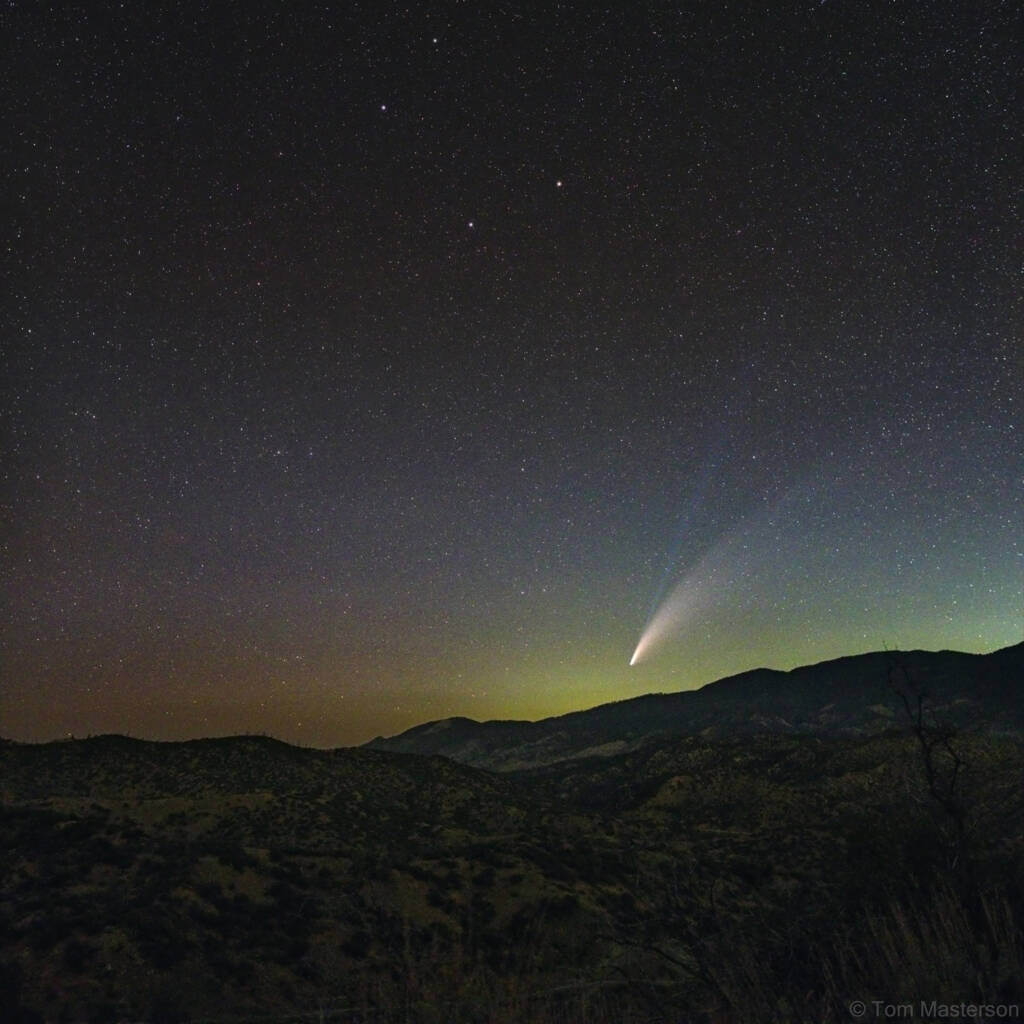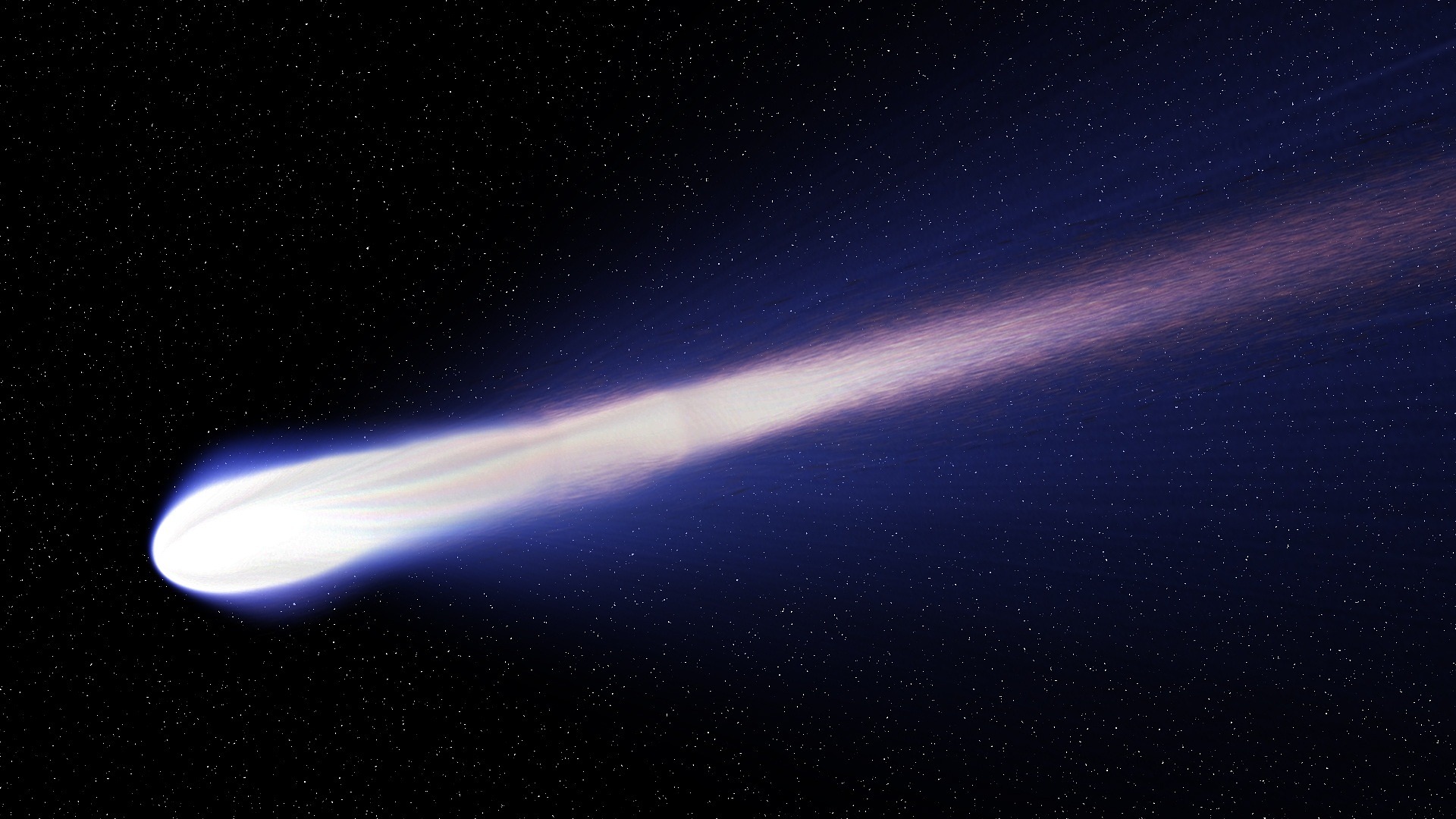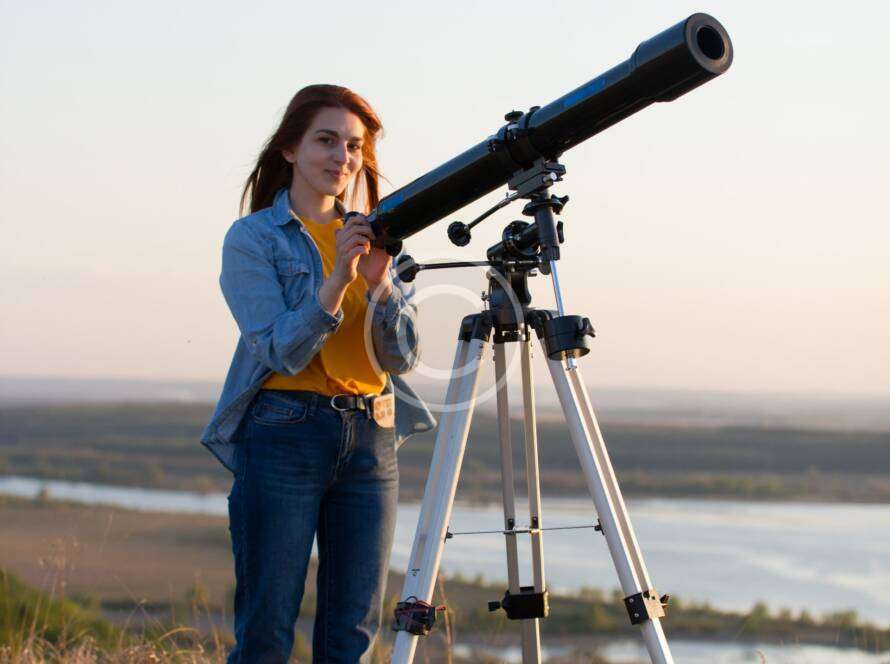The universe is a vast and intricate expanse that harbors a myriad of celestial bodies, including comets, asteroids, and other objects that play a crucial role in the cosmic system. While they may appear to be simple rocks or ice balls flying through space, these objects have significant implications for the Earth. From their origins to their impact on our planet, understanding these celestial guardians is essential for both scientific advancement and planetary defense.
1. Understanding Celestial Bodies
Celestial bodies encompass a wide range of objects in space, including planets, moons, comets, asteroids, and meteoroids. Within this vast category, comets and asteroids are particularly significant due to their potential impact on Earth.
1.1 Comets
Comets are icy bodies that originate from the cold outer regions of the solar system, primarily from the Kuiper Belt and the Oort Cloud. When a comet approaches the Sun, it begins to warm up, releasing gases and dust that create a glowing coma and often a tail that points away from the Sun. Famous comets such as Halley’s Comet and Comet Hale-Bopp have fascinated astronomers and the public alike.
1.2 Asteroids
Asteroids are primarily rocky bodies that orbit the Sun, mostly located in the asteroid belt between Mars and Jupiter. They vary in size, shape, and composition. While some are small and irregularly shaped, others are large enough to be classified as dwarf planets, like Ceres. Their study provides insights into the early solar system and the formation of planetary bodies.
1.3 Other Objects
In addition to comets and asteroids, there are other important celestial bodies such as meteoroids and dwarf planets. Meteoroids are smaller objects that can originate from comets or asteroids and can create meteors if they enter the Earth’s atmosphere. Dwarf planets, like Pluto and Eris, are similar to regular planets but do not dominate their orbits.
2. The Origin of Comets and Asteroids
Comets and asteroids are remnants from the early solar system, providing a snapshot of its formation over 4.6 billion years ago.
2.1 The Kuiper Belt and Oort Cloud
The Kuiper Belt is a region beyond Neptune that contains many small icy bodies, including short-period comets. The Oort Cloud is a more distant spherical shell of icy objects, believed to be the source of long-period comets. These regions are crucial for understanding the origins of cometary and asteroidal bodies.
2.2 The Formation of Asteroids
Asteroids formed from the leftover materials that did not coalesce into planets. Their composition varies from carbon-rich, metal-rich to rocky materials, reflecting the diverse conditions of the early solar system.
3. The Impact of Comets and Asteroids on Earth
Comets and asteroids have played significant roles in Earth’s history, sometimes with catastrophic consequences.
3.1 Historical Impacts
Throughout Earth’s history, numerous impacts have occurred. The most notable was the Chicxulub impact, which is believed to have contributed to the extinction of the dinosaurs around 66 million years ago. This extinction event reshaped life on Earth and provides a stark reminder of the potential dangers posed by these celestial bodies.
3.2 Current Threats
Today, NASA and other space agencies monitor near-Earth objects (NEOs) using telescopes and radar technology. Many asteroids and comets could potentially threaten Earth. Understanding their orbits and the impact risk is a vital aspect of planetary defense.


4. The Role of Space Agencies in Monitoring and Defending Against NEOs
Space agencies worldwide are committed to monitoring asteroids and comets to ensure the safety of our planet.
4.1 NASA’s Planetary Defense Programs
NASA’s Near-Earth Object Observation (NEOO) program is dedicated to tracking and characterizing NEOs. The goal is to identify potentially hazardous asteroids and comets and to mitigate their threat. Projects like the Double Asteroid Redirection Test (DART) are designed to test our ability to deflect an asteroid on a collision course with Earth.
4.2 International Collaboration
International collaboration is critical for effective monitoring and defense. Programs like the European Space Agency’s Space Safety Program and ongoing international summits bring together experts to share data and resources, enhancing our collective ability to predict and respond to celestial threats.
5. The Scientific Value of Comets and Asteroids
Beyond their potential dangers, comets and asteroids are invaluable to scientific research.
5.1 Clues to the Origins of Life
Comets are believed to carry organic compounds and water, which may have played a role in the emergence of life on Earth. Studying these bodies helps scientists understand the building blocks of life and the conditions that led to its formation.
5.2 Insights into Planetary Formation
Asteroids offer insights into the primordial material from which planets formed. By analyzing the composition of these bodies through missions like NASA’s OSIRIS-REx, which collected samples from the asteroid Bennu, researchers can learn about the geologic history of the early solar system.
6. Future Exploration
The exploration of comets and asteroids is an exciting frontier in space science.
6.1 Robotic Missions
Several missions have been launched or are planned to study comets and asteroids. NASA’s Rosetta mission successfully orbited and landed on Comet 67P, providing unprecedented data on its surface and composition. Similarly, the Japanese Hayabusa2 mission returned samples from the asteroid Ryugu, enriching our understanding of these celestial objects.
6.2 Human Exploration
While robotic exploration dominates currently, future human exploration of asteroids could become feasible. Such missions would not only enhance our understanding of these bodies but could also pave the way for potential mining operations, as asteroids may harbor valuable resources.

Conclusion
Comets, asteroids, and other celestial objects serve as guardians and potential threats to Earth. They are essential for understanding our solar system’s origins, planets’ formation, and the conditions that led to life on Earth. Through ongoing research, monitoring, and international collaboration, humanity can ensure that we harness the knowledge and resources these celestial bodies provide while safeguarding our planet from potential impacts.
Refrences
Comet and Asteroid Research at NASA
NASA Near-Earth Object program



